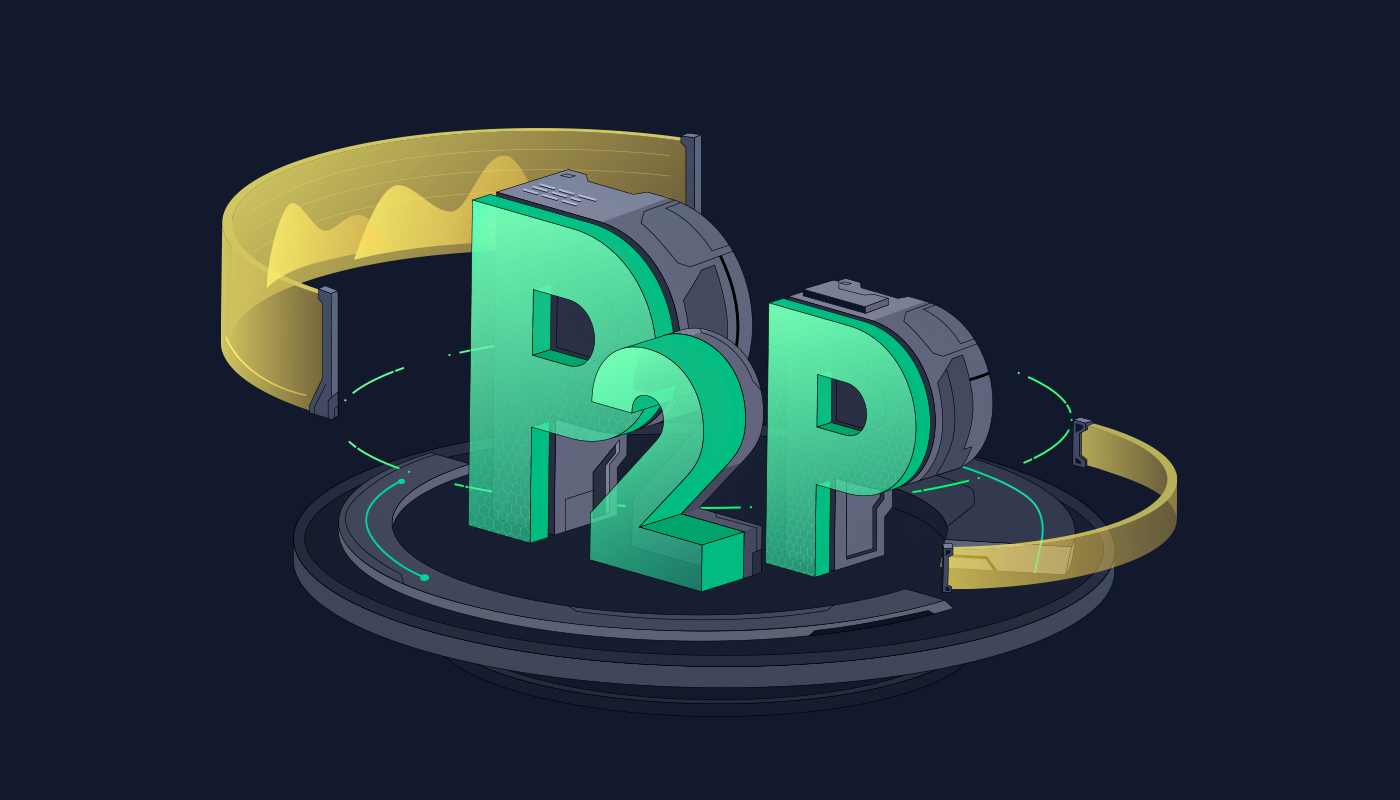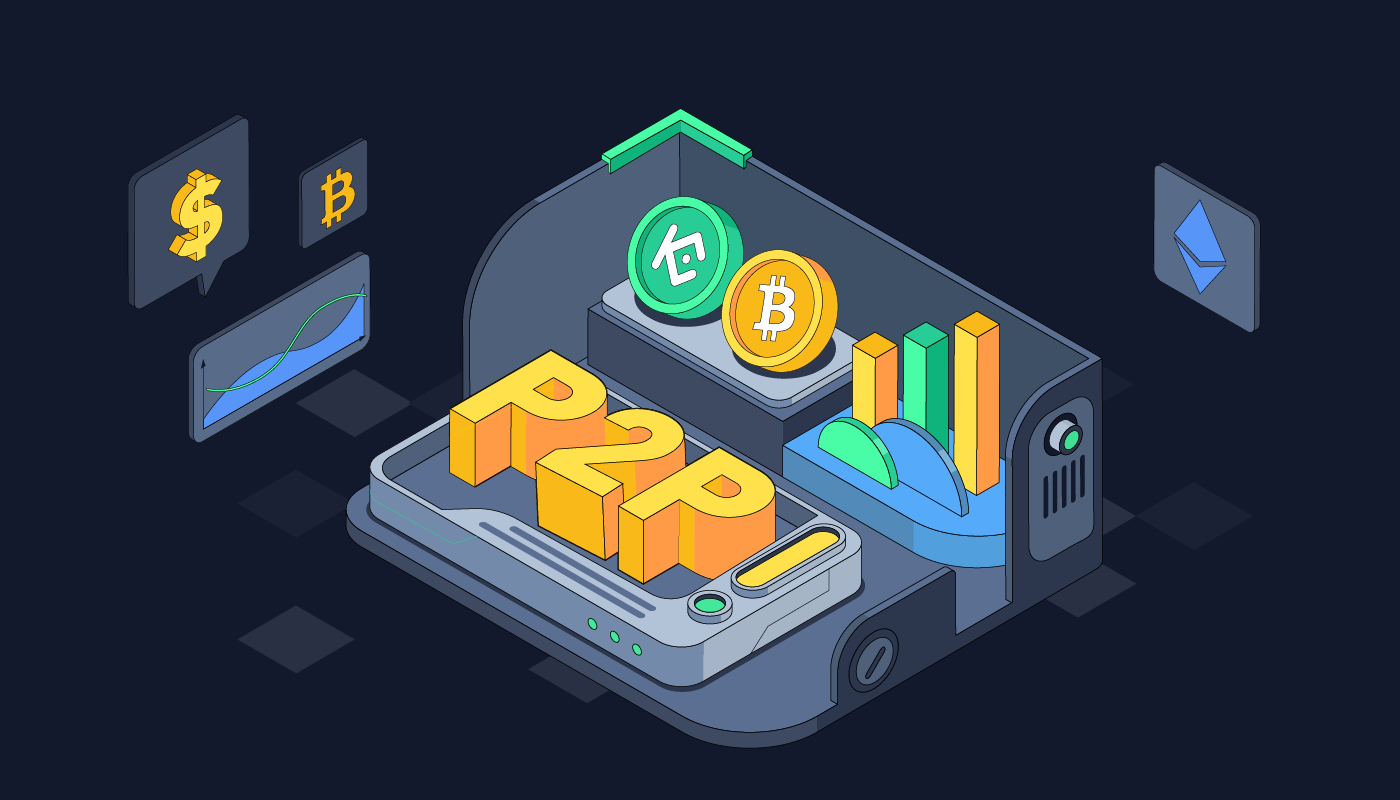Common Crypto P2P Scams - How to Protect Your Assets
Common Crypto P2P Scams and How to Protect Yourself

KuCoin Source
Peer-to-peer (P2P) trading has become increasingly popular in the crypto space because of its flexibility and convenience. However, with this growth comes a rising number of scams targeting unsuspecting traders.
Drawing from feedback we’ve received in customer surveys, this guide highlights the most frequent P2P scams in crypto transactions and provides practical tips to help you avoid falling victim to them.
Can Someone Scam You Through P2P Trading?

P2P Trading (KuCoin Source)
Unfortunately, yes. P2P systems are designed for direct transactions between users, but scammers exploit this setup to manipulate trades, fake payments, or impersonate trusted platforms and individuals. Being aware of these schemes and knowing what to look out for significantly reduces your risk.
How Do Crypto P2P Scams Work?
These scams typically prey on the trust, speed, and anonymity that P2P systems offer. Fraudsters use deceptive methods to trick traders into sending funds, releasing crypto prematurely, or sharing sensitive personal details. Recognizing the patterns is the first step in defending yourself.
The Most Common Crypto P2P Scams
Proof of Payment Scams
Scammers often alter or forge payment receipts—such as screenshots of transfers—to claim they’ve paid you when they haven’t. They may pressure you to release your crypto before you’ve had a chance to confirm.
A variation of this is the SMS scam, where fake text messages appear to come from your bank or wallet, falsely claiming you’ve received a payment.
How to stay safe:
- Always check your own bank or wallet account for the actual deposit before releasing assets.
- Don’t give in to pressure if the counterparty insists you release funds without verification.
- Never rely solely on text messages; log into your account to confirm funds
Chargeback Scams
One such example is the counterparty offering to pay you with a cheque deposit. This is because requesting a chargeback from cheque payments is very easy, making it most likely a scam.
Prevention tips:
- Make sure the payment sender’s name matches the verified identity on the P2P platform.
- Reject payments from third-party accounts, which are more prone to chargebacks.
- Treat offers to pay with cheques as a major warning sign.
Man-in-the-Middle (MitM) Scams
In this scam, a fraudster pretends to be a reputable merchant on KuCoin P2P and contacts victims through external channels, such as Telegram, WhatsApp, or social networks. They provide their bank account details and a link to a P2P ad and ask victims to confirm by copying them into the order page’s P2P chat.
Unknowingly, the victim shares the scammer’s bank account details with an unrelated buyer on KuCoin P2P, who also has no clue about the scam. The victim releases crypto to the unrelated buyer, who sends their money to the scammer’s bank account instead.
Reversing a transaction or having the customer service team intervene and resolve the issue is impossible in such cases. Since the victim communicated with the fraudster and obtained the details via external communication outside the KuCoin platform, and the funds were transferred to a third-party account unconnected to KuCoin users, KuCoin’s customer support cannot offer a solution.
How to protect yourself:
- Communicate only inside the P2P platform’s chat system.
- Remind buyers that third-party transfers are against P2P rules.
- Double-check payment details within the platform itself.
- Avoid trusting any information given through external channels.
Triangle Scams
Triangle scams involve two scammers simultaneously placing orders with the same seller. They exploit the seller's trust and urgency to release funds without proper verification.
Here’s how a triangle P2P scam unfolds:
Scammer A makes an order for 5,000 USDT worth of crypto (order A), and Scammer B makes an order worth 6,000 USDT (order B). Scammer B then transfers 5,000 USDT to the seller.
At the same time, Scammer A marks order A as paid. The seller releases the crypto to Buyer A, thus completing order A for 5,000 USDT. Scammer B sends another 1,000 USDT to the seller, provides the 5,000 USDT payment proof they got from Buyer A, and pressures the seller to release digital assets under order B.
Users who conduct triangle scams aim to pressure the seller to release funds immediately without verifying the transfer. It can be easy to release funds without verifying who initiated the transfer. If you're not careful, you could release the funds twice but only receive half or less of the assets you bought.
Avoid triangle scams by:
- Verifying all incoming transfers carefully before releasing assets.
- Treating recycled or reused proof of payment as suspicious.
KuCoin Imposter Scams
Scammers impersonate KuCoin employees to deceive users and steal their funds. They contact potential victims through unofficial emails or social media accounts, requesting personal information and initiating fraudulent transactions.
They could ask you to share your email address on the P2P chat window, claiming that the KuCoin P2P Escrow service needs this information to confirm payment. They could then send you a phishing email similar to official KuCoin communication and trick you into releasing your crypto first to receive payment.
To stay safe from KuCoin imposter scams, do the following:
1. KuCoin will never ask you to complete a P2P transaction via email. Always release funds only after receiving payment through the P2P platform.
2. Never share personal information or offline contact information on the chat.
3. Ensure that payments are submitted using the counterparty's specified payment method and that the name on the account matches the counterparty's verified name on KuCoin..
4. Stay cautious of external offers or information received through unofficial channels.
5. You can check the KuCoin Official Verification Center to confirm the authenticity of the relevant channels.
Conclusion
While P2P transactions offer convenience, it's crucial to be aware of common scams and take necessary precautions to protect yourself. By understanding how these scams work and following the provided security tips, you can minimize the risk of falling victim to P2P fraud in the crypto market.
Stay vigilant, be skeptical of offers that seem too good to be true, and always verify transactions and payment receipts before releasing any funds or digital assets. By following best practices, such as conducting transactions within KuCoin’s chat system, double-checking payment details, and reporting suspicious behavior to customer support, you can minimize the risk of falling victim to P2P crypto scams and protect your investments.